James H. Gilbert (born March 11, 1947) is an American attorney who was a Justice of the Minnesota Supreme Court from 1998 to 2004. [1]
James H. Gilbert (born March 11, 1947) is an American attorney who was a Justice of the Minnesota Supreme Court from 1998 to 2004. [1]

Cass Gilbert was an American architect. An early proponent of skyscrapers, his works include the Woolworth Building, the United States Supreme Court building, the state capitols of Minnesota, Arkansas, and West Virginia, the Detroit Public Library, the Saint Louis Art Museum and Public Library. His public buildings in the Beaux Arts style reflect the optimistic American sense that the nation was heir to Greek democracy, Roman law and Renaissance humanism. Gilbert's achievements were recognized in his lifetime; he served as president of the American Institute of Architects in 1908–09.
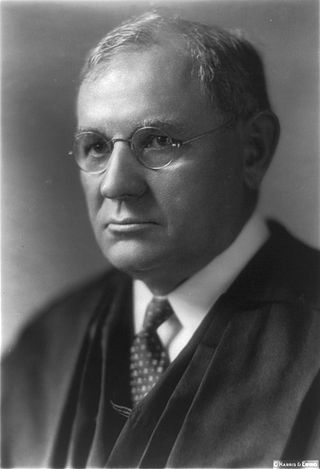
Pierce Butler was an American jurist who served as an associate justice of the Supreme Court of the United States from 1923 until his death in 1939. He was a staunch conservative and was regarded as a part of the Four Horsemen, the conservative bloc that dominated the Supreme Court during the 1930s. A devout Catholic, he was also the sole dissenter in the later case Buck v. Bell, though he did not write an opinion.

The University of Minnesota Law School is the law school of the University of Minnesota in Minneapolis, Minnesota. The school confers four law degrees: a Juris Doctor (J.D.), a Master of Laws (LL.M.), a Master of Science in Patent Law (M.S.P.L.), and a Doctor of Juridical Science (S.J.D.). The J.D. program offers a number of concentration opportunities, as well as dual and joint degree options with other graduate and professional schools of the university.

The Supreme Court Building houses the Supreme Court of the United States. Also referred to as "The Marble Palace", the building serves as the official workplace of the chief justice of the United States and the eight associate justices of the Supreme Court. It is located at 1 First Street in Northeast Washington, D.C., in the block immediately east of the United States Capitol and north of the Library of Congress. The building is managed by the Architect of the Capitol. On May 4, 1987, the Supreme Court Building was designated a National Historic Landmark.

The University of Wisconsin Law School is the law school of the University of Wisconsin–Madison. Located in Madison, Wisconsin, the school was founded in 1868. The University of Wisconsin Law School is guided by a "law in action" philosophy, which emphasizes the role of the law in practice and society. Juris Doctor graduates of the law school enjoy admission to the Wisconsin bar by diploma privilege.

Clarence R. Magney was an American attorney, lawyer, and jurist who served as the mayor of Duluth from 1917 to 1920 and associate justice of the Minnesota Supreme Court from 1943 to 1953.

Paul Holden Anderson is an American attorney and jurist who served as an associate justice of the Minnesota Supreme Court. He served as chief judge of the Minnesota Court of Appeals from 1992 to 1994.

David Ryan Stras is a United States circuit judge of the United States Court of Appeals for the Eighth Circuit. He is a former Associate Justice of the Minnesota Supreme Court.

John P. Devaney was Chief Justice of the Minnesota Supreme Court until 1937. Born near Lake Mills, Iowa, on June 30, 1883, he moved to Minnesota in 1901 and entered the University of Minnesota. While there, he attained the following degrees: B.A. 1905; LL.B. 1907; LL.M. 1908. Admitted to practice in 1907. Appointed Chief Justice of the Minnesota Supreme Court on September 7, 1933, and elected to that office in November, 1934. He resigned the court in 1937, and resumed the private practice of law.
Lawrence R. Yetka was an associate justice of the Minnesota Supreme Court and a member of the Minnesota House of Representatives.
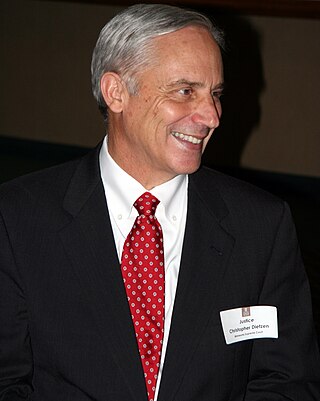
Christopher Dietzen was an associate justice of the Minnesota Supreme Court from 2008 to 2016 and a judge of the Minnesota Court of Appeals from 2004 to 2008.
James Gilbert may refer to:
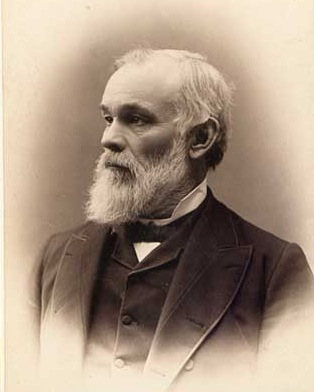
James Gilfillan was an American lawyer and judge from Minnesota. He served as Chief Justice of the Minnesota Supreme Court from 1869 to 1870 and again from 1875 to 1894.
Esther Jeanne Moellering Tomljanovich is an American lawyer and judge who served as an associate justice of the Minnesota Supreme Court.
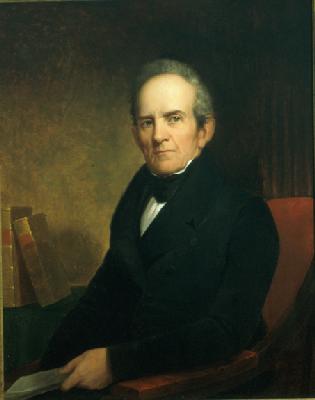
Smith Thompson was a US Secretary of the Navy from 1819 to 1823 and a US Supreme Court Associate Justice from 1823 to his death.
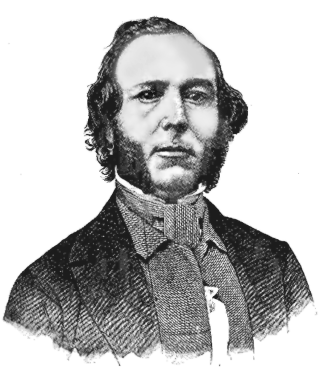
David Cooper was an American lawyer and jurist. He served from 1850 to 1853 as an associate justice of the Minnesota (Territory) Supreme Court.
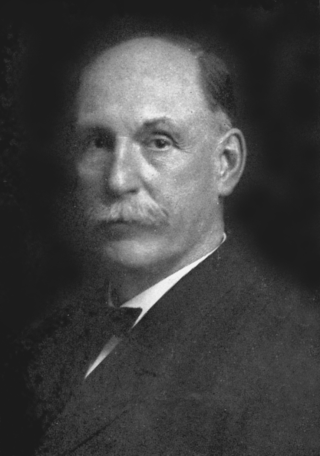
James H. Quinn was an American jurist.
L. Fallon Kelly was a justice of the Minnesota Supreme Court from July 6, 1970 to July 6, 1980. He received his undergraduate and law degrees from the University of Minnesota. He also served as United States Attorney for Minnesota during the Eisenhower administration.

The Hughes Court refers to the Supreme Court of the United States from 1930 to 1941, when Charles Evans Hughes served as Chief Justice of the United States. Hughes succeeded William Howard Taft as Chief Justice after the latter's retirement, and Hughes served as Chief Justice until his retirement, at which point Harlan Stone was nominated and confirmed as Hughes's replacement. The Supreme Court moved from its former quarters at the United States Capitol to the newly constructed Supreme Court Building during Hughes's chief-justiceship.
Justice Gilbert may refer to: